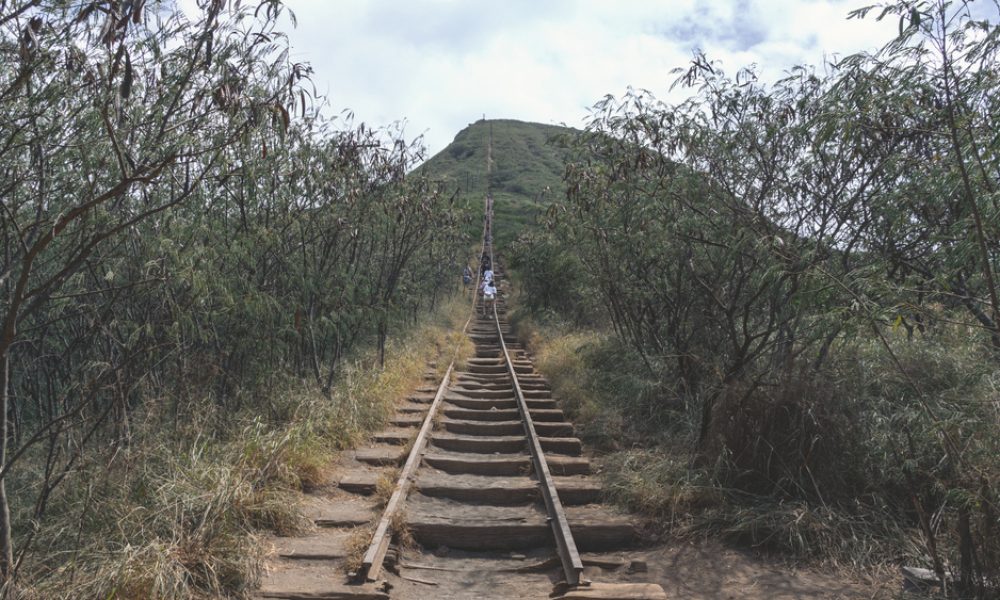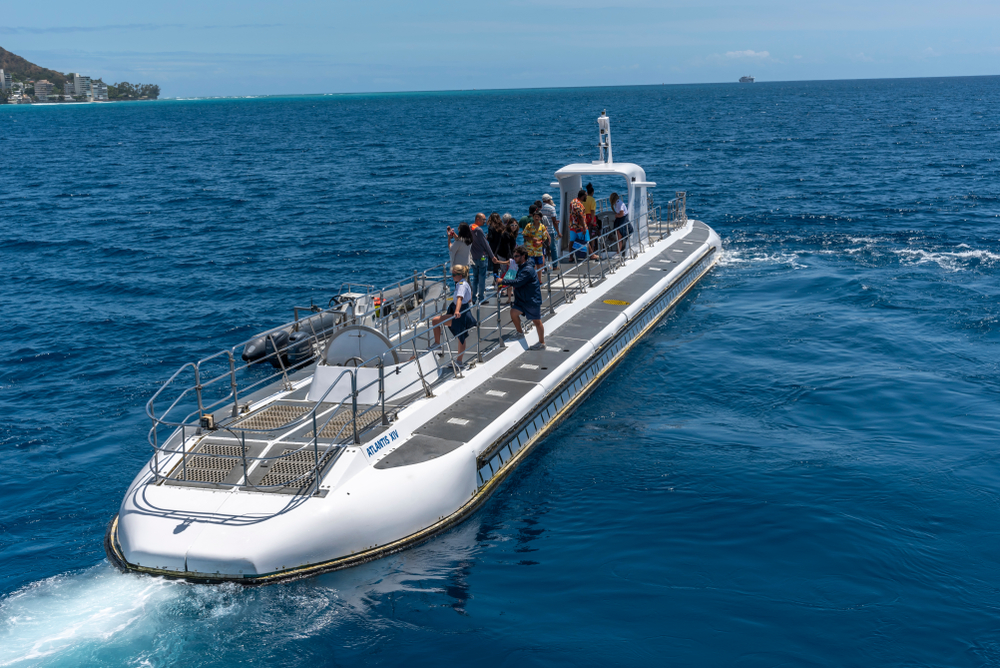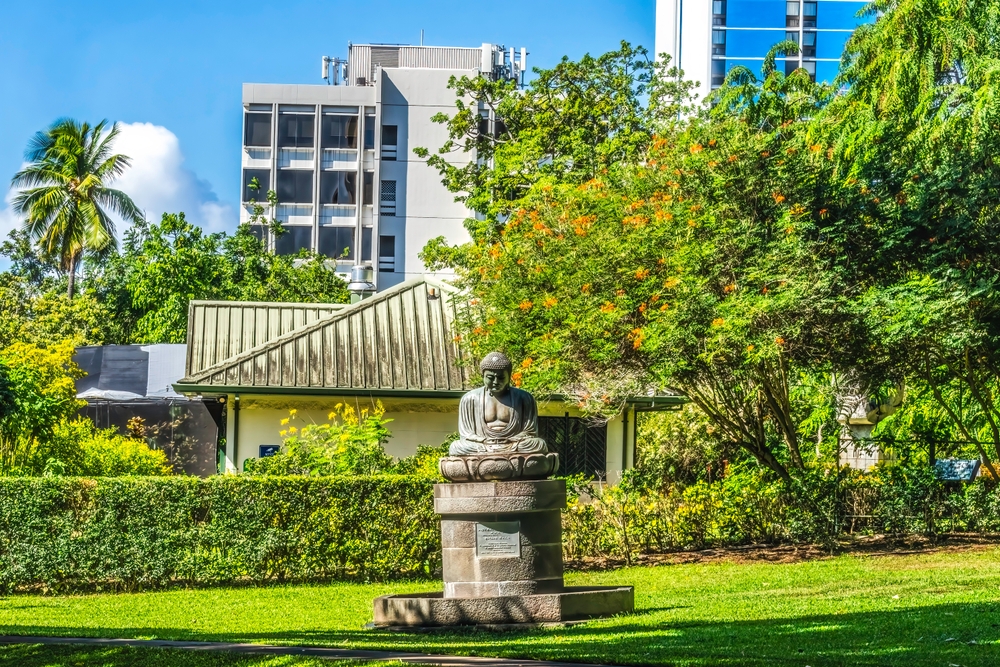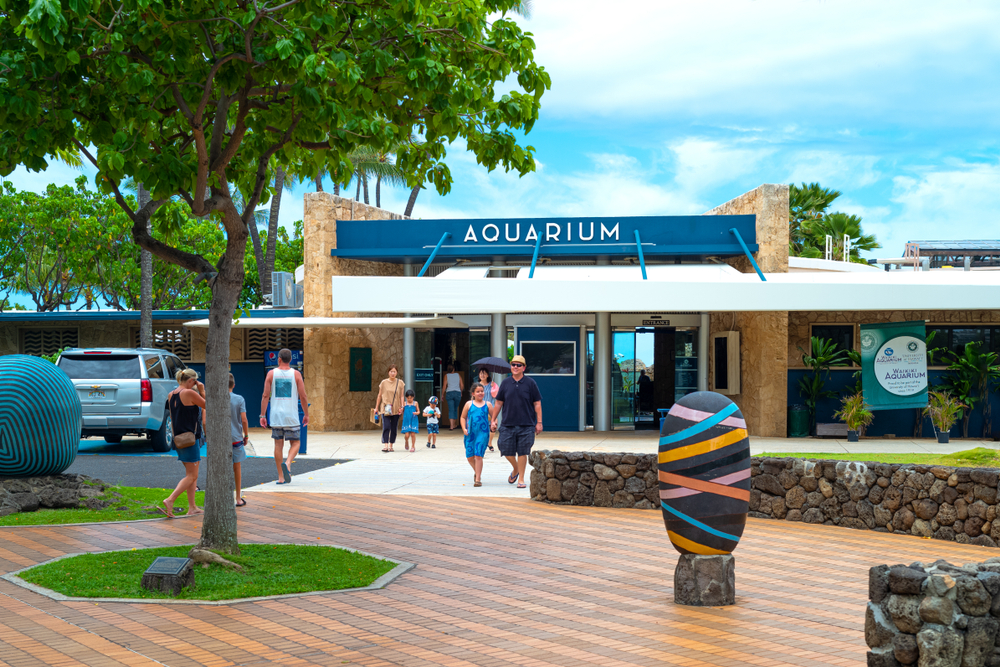Introduction
Rising above the eastern side of Oahu, the Koko Crater Railway Trail offers one of the most unique and challenging hiking experiences in Hawaii. Known colloquially as “Koko Head Stairs,” this trail comprises over 1,000 railroad ties that ascend the steep slope of the Koko Crater. Hikers who tackle this trail are rewarded with sweeping views of the Pacific Ocean, Hanauma Bay, and the rugged coastline.
Historical Background
Origins
The Koko Crater Railway Trail was originally constructed during World War II. The railway was used by the military to transport supplies and personnel to a lookout post at the summit. Although the military installation has long since been abandoned, the remnants have been repurposed into one of Oahu’s most beloved hiking trails.
Post-War Evolution
After the war, the railway fell into disuse and the area gradually became a natural space for recreation. Over time, the resilience and determination of local hiking enthusiasts transformed the dilapidated railway into a popular hiking destination.
The Hike
Preparing for the Climb
The trailhead for the Koko Crater Railway Trail is located in Koko Head District Park. Before attempting the hike, it’s important for individuals to assess their physical fitness, as the climb is steep and can be strenuous. Adequate water, sunscreen, a hat, and sturdy shoes are recommended.
The Ascent
The hike begins relatively flat but quickly becomes an upward climb. The “stairs” are uneven and vary in height, challenging even experienced hikers. Along the way, there is a section known as the “bridge,” where the railway ties span a gap with a noticeable drop below. This portion can be intimidating, but there are alternative routes around it for those who prefer to avoid the bridge.
The Summit
Reaching the summit of the Koko Crater is a true achievement. At the top, hikers find the remnants of the old military bunkers and an observation platform. The 360-degree panoramic view from the summit includes sights of Diamond Head, the East Oahu shoreline, and the inner crater now used as the Koko Crater Botanical Garden.
Flora and Fauna
Vegetation
The trail’s harsh volcanic soil and dry conditions are home to hardy species adapted to this environment. Native plants, as well as some invasive species, dot the landscape, and conservation efforts are in place to preserve the area’s natural ecology.
Wildlife
Birdwatchers may spot native birds such as the Zebra Dove or the Spotted Dove. Insects, lizards, and the occasional mongoose can also be seen along the trail.
Ecological and Cultural Significance
A Natural Landmark
Koko Crater is a tuff cone, a type of volcanic cone formed from the accumulation of volcanic ash and fragments following a volcanic eruption. This natural landmark is a testament to the geological forces that have shaped the Hawaiian Islands.
Preserving Native Habitat
Conservation initiatives focus on the removal of invasive species and the reintroduction of native plants. These efforts aim to restore the natural habitat and support the indigenous wildlife.
Challenges and Controversies
Maintenance and Safety
The trail has faced challenges regarding maintenance and safety. The city does not officially maintain the trail, leading to community-driven efforts to repair and improve safety on the stairs. Debates continue about the best ways to preserve the trail’s integrity while ensuring public safety.
Impact on Local Residents
The popularity of the trail has also led to concerns among local residents about noise, traffic, and parking congestion. Efforts have been made to balance the needs of the community with the desire to keep the trail accessible to the public.
Personal Stories and Testimonials
Transformative Experiences
Many hikers describe their experience on the Koko Crater Railway Trail as transformative. The physical challenge and the sense of accomplishment upon reaching the summit create lasting memories and personal milestones.
A Community Effort
Volunteers have played a significant role in the upkeep of the trail. Stories of community clean-ups and restoration projects highlight the trail’s importance to residents and the collective effort to maintain this unique hiking path.
Visitor Information
Accessibility
The trail is open year-round, but the best time for hiking is early morning or late afternoon to avoid the intense midday sun. There are no fees to access the trail, but parking at Koko Head District Park can be limited.
Amenities
There are no facilities on the trail itself, but restrooms and water fountains are available at the park. Signage may be minimal, so first-time hikers should research the trail beforehand or hike with someone familiar with the route.
Safety Tips
Hikers should take extra precautions, such as informing someone of their plans, carrying a cell phone, and hiking in pairs or groups. It’s also important to stay on the path to reduce erosion andimpact on the environment.
The Koko Head Stairs Experience
One cannot talk about the Koko Crater Railway Trail without delving into the physical experience. The trail’s reputation as a workout is well earned. Each railroad tie presents a step, some higher than others, acting as a natural StairMaster that tests your endurance and strength.
The Physical Demand
Many people use the trail as a form of exercise, pushing their limits with the unforgiving incline. Some regulars even run the steps, though this is only recommended for those in peak physical condition. It’s common to see people taking breaks on the way up, using the moment to hydrate and enjoy the increasingly impressive views.
The Psychological Aspect
There’s a mental challenge to Koko Head as well. The straightforward, unrelenting climb may seem monotonous, but it requires mental fortitude. The reward at the top, however, offers more than just stunning views; it provides a sense of personal achievement that can be deeply fulfilling.
Environmental Considerations and Sustainability
Trail Erosion
The popularity of the trail has led to concerns about erosion. The constant foot traffic on the railway ties and surrounding areas contributes to the trail’s degradation. This not only poses a safety risk to hikers but also affects the natural environment.
Restoration Efforts
In response, various community groups have undertaken restoration efforts. These include replacing damaged railway ties, creating controlled pathways to minimize erosion, and educating the public on sustainable hiking practices.
Community Involvement and the Future of the Trail
The Role of Volunteers
The trail’s maintenance largely depends on the goodwill of volunteers. These individuals dedicate time and resources to ensure the trail remains safe and enjoyable for everyone. Their work ranges from organizing clean-ups to advocating for official support.
The Debate over Official Maintenance
There’s an ongoing conversation about whether the city or state should take over the maintenance of the trail. Proponents argue that official oversight could ensure consistent upkeep and safety measures. Opponents, however, worry that this could lead to commercialization or restricted access.
The Broader Impact of Koko Head Stairs
On Health and Wellness
The Koko Crater Railway Trail has become a symbol for health and wellness on Oahu. For residents, it provides a readily accessible venue for outdoor fitness. For visitors, it offers a unique way to experience the natural beauty of Hawaii while engaging in physical activity.
On Tourism
Koko Head also contributes to Oahu’s tourism industry. It’s featured in travel blogs, social media, and guidebooks as a must-do activity. This attention, while beneficial for the local economy, underscores the need for managing the trail sustainably to preserve its character and natural surroundings.
Personal Narratives
First-Time Hikers
The trail often leaves a lasting impression on first-time hikers. Many recount the camaraderie among strangers, as words of encouragement are exchanged between breaths. The shared challenge creates an instant bond among hikers.
Repeat Climbers
For repeat climbers, the trail can serve various purposes. Some see it as a personal benchmark for fitness, others as a meditative escape. The constant in their narratives is the trail’s role in their lives as a space for self-improvement and reflection.
Looking Forward
Conservation and Education
The future of the Koko Crater Railway Trail depends on ongoing conservation efforts and education about the importance of preserving natural landmarks. By fostering a community of responsible hikers and nature enthusiasts, the trail can continue to be a source of joy and challenge for generations.
Balancing Use and Preservation
Finding the balance between use and preservation is key. As the trail continues to attract attention, strategies will need to evolve to accommodate both the volume of hikers and the environmental integrity of the crater.
Conclusion
The Koko Crater Railway Trail is more than just a set of stairs; it’s a journey that tests one’s physical and mental limits. It’s a community project, a symbol of conservation efforts, and an attraction that draws people from all over the world. With continued care, respect, and community involvement, the Koko Crater Railway Trail will remain a beloved part of Oahu’s landscape, inspiring and challenging all who choose to ascend its storied path.





